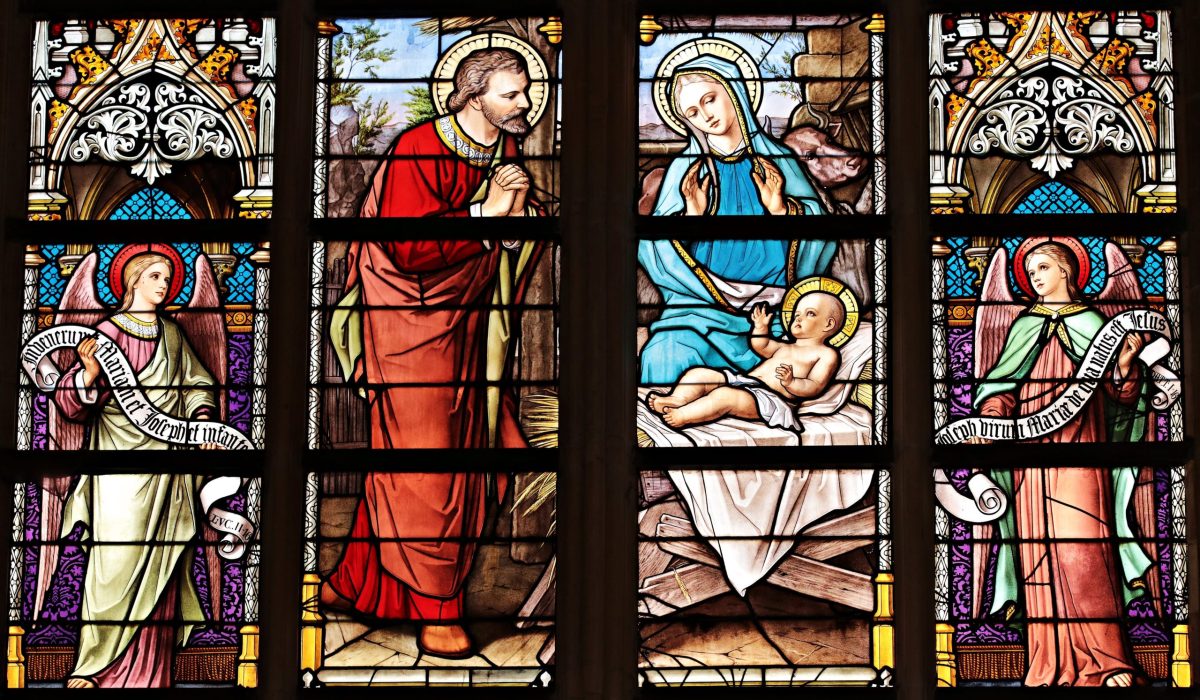When you turn on the radio or Spotify, you probably take for granted the musicals structures that make western music what it is: the mix of rhythms, the structure of the chords, the keys. If you’re not a music history nerd, it’s easy to assume the music always sounded the way it does, or something close to it, but that’s not the case.
Western music, as we know it, has evolved and changed drastically over the centuries. This was especially true in the 16th century when music underwent a massive change. There came a time in that era when the controlling authorities—the Church—didn’t like the direction music was taking. But one man, and one mass, may have changed their minds and saved music as we know it.
Understanding this story will require understanding some basic musical terms: monophony, homophony, and polyphony. These all refer to the basic structures of music. If you’ve heard the Gregorian chant, you’ve heard monophony. It literally means one sound: one melody and no harmony.
Now, homophony means the voices (or instruments) are sounding different note—creating harmony—but they are in the same rhythm. Think of a typical church hymn. Polyphony means different tunes and different rhythms all blending together.
The other terms you need to understand are consonance and dissonance. Consonance is when you play two notes together and they sound nice—it’s a good harmony. Dissonance is when they sound less pleasant. Dissonance is not a bad thing in music, it creates tension and evokes emotion. Just remember that.
Now, for much of the Middle Ages and Early Renaissance, monophony and homophony were pretty much it, especially for sacred music which was regarded as the highest form of music. This was how people communicated to God. It was all very same-y and had very little, if any, dissonance because dissonance was basically seen as the music of the devil. You get why—emotion and expressiveness was just too sexy!
But things started to get a bit wild later when a new type of sung music incorporating more polyphony emerged: Madrigals. Madrigals involved many voices moving in different rhythms and melodies thus sometimes would create more dissonance. (They were also dirty as hell). This music style began to be adopted by some sacred composers and the Catholic Church, in the face of the Protestant Reformation in the mid-sixteenth century was having none of it.
Not only was the dissonance of polyphony devilish, but it also made the sacred texts harder to hear and understand. So the Church officials convened in the eighteen-year-long Council of Trent (1545-1563), which among other things, threatened to pretty much ban complex polyphony in sacred music.
At that same time, a composer was rising to prominence in Rome, Giovanni Pierluigi di Palestrina. One of his works at the time was a memorial mass for Pope Marcellus, who was Pope for about a month in 1555. Palestrina composed the mass in 1561, at the behest of a new Pope and the legend is that it was so beautiful, such a perfect combination of polyphony, homophony and pure musical artistry, that it changed the mind of the council of Trent.
Take a listen to the first section, the Kyrie.
Now, the actual historical record here is, let’s say, fuzzy. We’re not sure when or how the members of the Council of Trent heard this mass, but the legend soon became that it was this piece of music that basically saved polyphony in the 16th century.
Listening to this music, it’s easy to understand why. It is transcendently beautiful and it was like nothing that came before it. The use of polyphony and dissonance is spectacular. Consider it especially in contrast to the monophony of chant and it’s like going from black and white to color. It is not an exaggeration to say that it is taught to music students as a pivotal point in music history, because the music we know today, full of dissonance and variation, would not exist in the same way without it.
In a way, the history of Western music is the history of the slow rise of dissonance as acceptable. From Palestrina to Vivaldi to Mozart to Beethoven the Wagner to Mahler to Schoenberg, composers added more and more dissonance and complexity to music. If the Church had banned this type of music back in the day, the music we know, and even our world, might be far more boring.
It’s possible that the Church might have relented on polyphony without this mass or Palestrina’s influence, but listening to the Missa Papae Marcelli, a piece of music that you can believe was so beautiful it saved music for the future, it certainly inspires faith in the idea. And it gave the people in power faith that music could be more.
Want more stories like this? Become a subscriber and support the site!
—The Mary Sue has a strict comment policy that forbids, but is not limited to, personal insults toward anyone, hate speech, and trolling.—










Published: Feb 28, 2020 04:12 pm